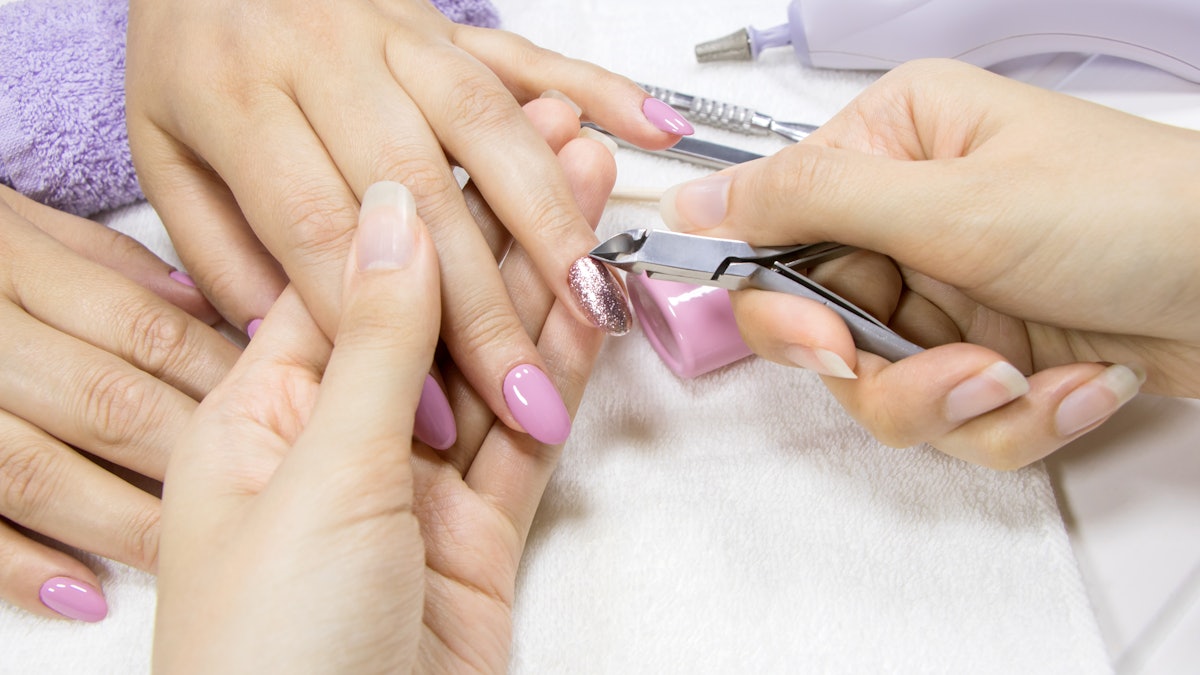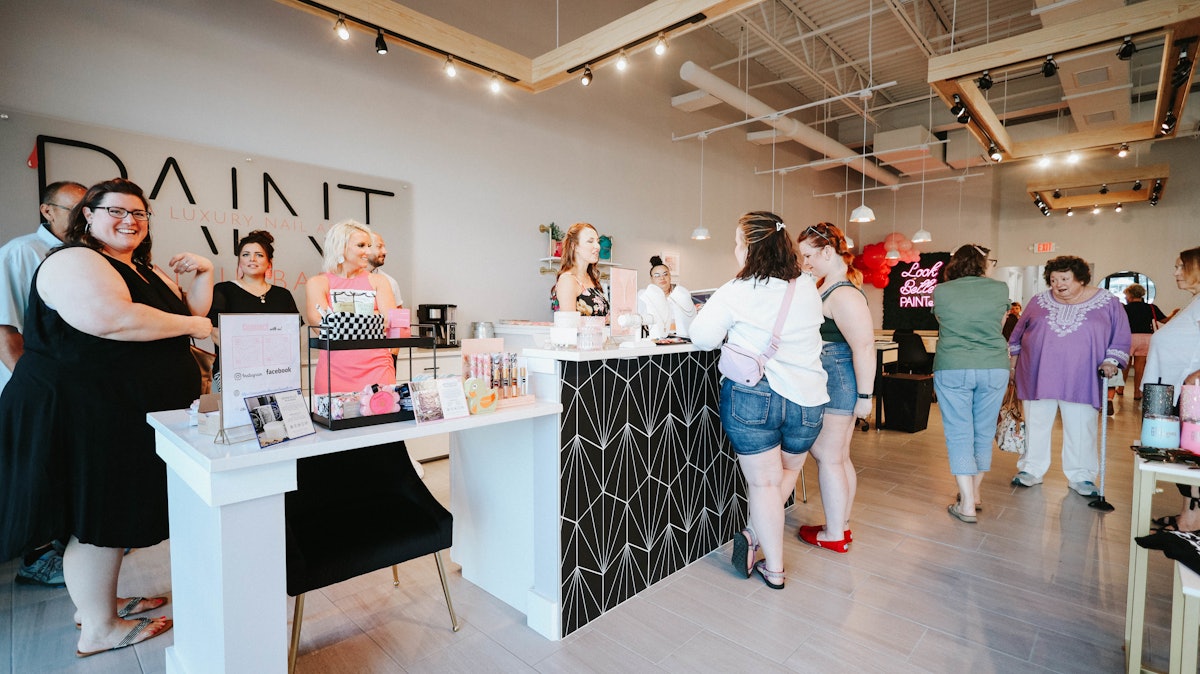Introduction to Cuticle Removal
In the nail and beauty industry, cuticle care is a subject that generates considerable discussion and sometimes controversy. The cuticle, which acts as a protective barrier for the nail matrix, plays a critical role in nail health. Understanding the distinction between living and non-living cuticles is essential for nail technicians and beauty enthusiasts alike.
Understanding Cuticles
The cuticle is a layer of dead skin that can be found at the base of your nails, where it creates a seal between the skin and the nail plate. There are two main types: living cuticles, which are sensitive tissues, and non-living cuticles, which are dead and can be safely pushed back or trimmed. Learning to identify these two types is the first step in ensuring safe cuticle removal.
What Are Living Cuticles?
Living cuticles are the parts of the skin that are vital for protecting the nail from infections and other external aggressors. When performing cuticle care, it is crucial to avoid cutting living tissue, as this can lead to pain, infections, and even permanent damage. Proper education on identifying living cuticles is essential for nail technicians.
What Are Non-living Cuticles?
Non-living cuticles are the hard edges that can accumulate as dead skin around the nail. These can typically be pushed back or safely trimmed without risking injury. It’s important to approach non-living cuticles with caution, using the right tools to avoid damaging the surrounding skin.
Importance of Safe Practices
Safety should always be the top priority when it comes to cuticle removal practices. Not only do safe practices help maintain the health and appearance of nails, but they also reduce the risk of allergic reactions, which can be prevalent in the nail industry. Understanding the tools and techniques for safe cuticle removal is essential for both beauty professionals and clients.
Tools for Safe Cuticle Removal
Choosing the right tools is crucial for safe cuticle removal. Nail technicians should use:
- Cuticle Pushers: Made from stainless steel or high-quality plastic, these tools are designed to gently push back non-living cuticles without causing damage.
- Cuticle Nippers: For trimming dead cuticles only, these scissor-like tools should be used carefully and should never be applied to living skin.
- Moisturizers and Oils: Keeping the cuticles moisturized helps prevent them from becoming too dry, making removal easier and safer.
Techniques for Safe Cuticle Removal
Effective cuticle removal techniques include:
- Hydration: Start with a soak in warm, soapy water to soften the cuticles. Follow this with a moisturizer to keep the area hydrated.
- Gentle Pushing: Use a cuticle pusher to gently push back the non-living cuticles. This should be done carefully to avoid hurting any living tissue.
- Trimming Only Non-living Cuticles: If trimming is necessary, only use nippers on dead tissues. Avoid applying pressure to living cuticles to prevent pain and bleeding.
- Post-removal Care: After cuticle care, apply a nourishing cuticle oil or cream to enhance nail health and create a protective barrier.
Risks of Poor Cuticle Removal Practices
The risks associated with improper cuticle removal are significant. Not only can aggressive cuticle trimming lead to infections, but it can also cause discomfort and long-term nail damage. Moreover, damage to living cuticles increases susceptibility to allergic reactions, putting both nail technicians and clients at risk.
Preventing Allergic Reactions
Allergies to nail products can be a serious concern in the beauty industry. Both technicians and clients may suffer from allergic reactions to various substances, such as nail polish, acrylics, and even certain oils. To minimize the risk of allergic reactions:
- Choose Hypoallergenic Products: Select products formulated for sensitive skin and free from common irritants.
- Perform Patch Tests: Before using new products, conduct patch tests to check for any allergic reactions.
- Avoid Overexposure: Limit exposure to harsh chemicals during treatments to reduce the risk of developing allergies.
Conclusion
Safe cuticle removal is crucial for maintaining healthy nails and preventing complications such as infections and allergic reactions. By understanding the differences between living and non-living cuticles and using the right tools and techniques, nail technicians can provide better care and ensure a positive experience for their clients. Prioritizing safety not only enhances nail aesthetics but also promotes overall nail health.



